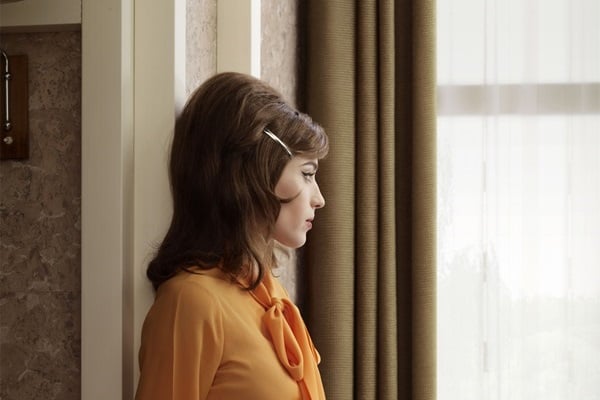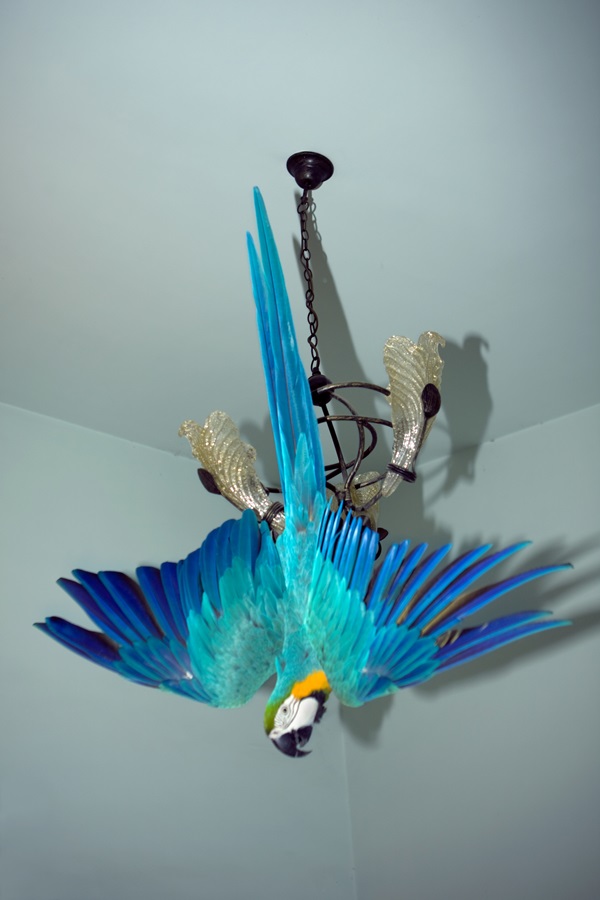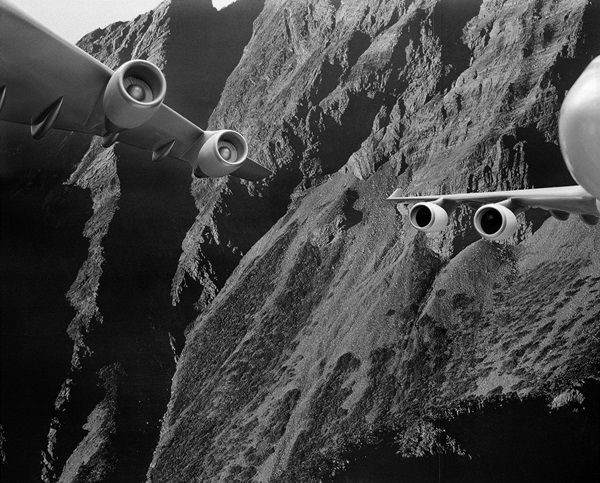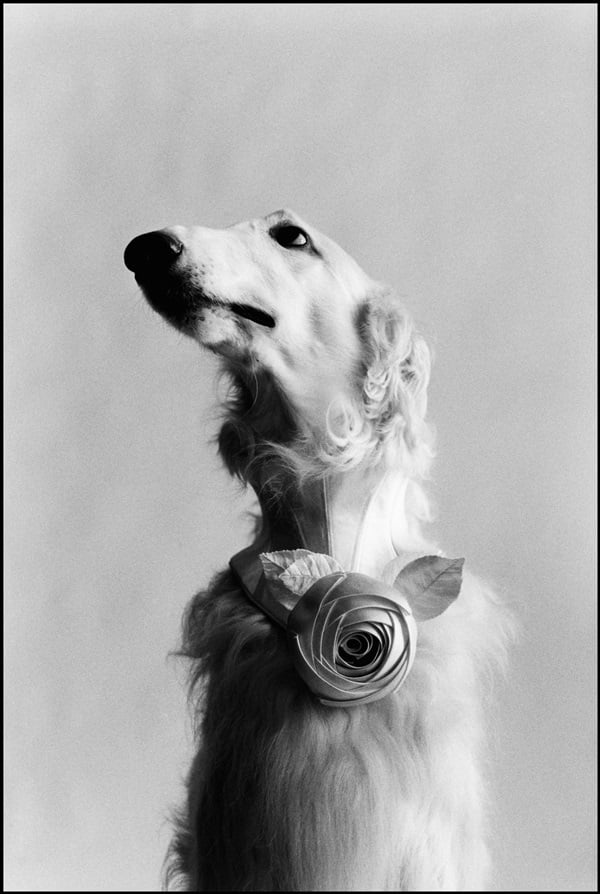Galleries
Photo Shanghai Sees Strong Sales to Chinese and International Collectors
Shanghai is said to have the most photography galleries of any city in Asia.

Shanghai is said to have the most photography galleries of any city in Asia.

Sam Gaskin

The second edition of photography art fair Photo Shanghai opened at the Shanghai Exhibition Centre last night with strong sales and several new big name sponsors. At least one work was purchased and immediately taken off the wall by the buyer to the consternation of the gallery director, who described the behavior as “tacky.”
Generally, though, Photo Shanghai was slick and savvy, if a little short on spirit. Works by commercial photographer and digital artist Chen Man were exhibited alongside ads for Hublot watches. Other sponsored exhibitions included shows by De Beers Jewelry, Leica, and Swarovski. Zhang Peili, director of OCAT Shanghai (the Contemporary Art Triennial) and who is widely known as the father of Chinese video art, has curated a selection of video art, though the program was yet to begin on opening night.

Feng li, Parrot (2010).
Image:
© Feng Li. Courtesy of A Thousand Plateaus Art Space, Chengdu.
The most successful of the curated content that was on view was Gagosian Gallery’s 155-photo exhibition of Taryn Simon’s Birds of the West Indies. The series is inspired by the coincidence of a little known ornithologist who published a book of the same name in 1936. His name, James Bond, inspires the content—props, vehicles and actors from the famous film franchise—which are displayed as they might have been by an early 20th century bird watcher. Celebrity iconography and archival photographs have emerged as a significant, if at times banal, component of the fair.
Commercial galleries that artnet News spoke to were generally happy with sales on opening night.
Vanguard Gallery’s Lise Li chose to exhibit Japanese artists Yuki Onodera and Aki Lumi, selling three editions of the latter’s The Garden No. 14 (2013), an image that was used on many of the fair’s marketing materials. The works sold for 57,000RMB (roughly $9,000) each. Li says it didn’t even cross her mind that it might be problematic showing the artists’ work now, just a week after China celebrated the 70th anniversary of Japan’s defeat during World War II, though local officials have previously warned her to take care when exhibiting Onodera’s work due to popular anti-Japanese sentiment.

Chien-Chi Chang, Taiwan Taoyuan International Airport (2008).
Image: © Chien-Chi Chang. Courtesy of °CLAIR GALLERY, Saint-Paul-de-Vence and Munich
Politics were more of an issue for Oslo gallery Willas Contemporary, who discovered that they were not allowed to bring works from Norway due to bitterness between China and the Nobel Committee, which awarded a peace prize to democracy activist Liu Xiaobo in 2010. Ellen-K Willas says the works in her booth, 12 different images of animals representing the signs of the Chinese zodiac by Roger Ballen, auteur of South African gothic, were all printed in China. She told artnet News the original photos were sold before, and that the photos on display were for exhibition purposes only. Evidently it was worth the trouble to get them printed in China, as Willas said sales were good and the fair had attracted “an awesome crowd.”
Art Labor Gallery sold two works by Christy Lee Rogers worth a total of around 100,000 RMB (roughly $16,000) and had another two on hold; the folks at ShanghART Gallery described good interest in their works, which included images by Yang Fudong and Jiang Pengyi, though “not as much as last year”; while MD Gallery, which was showing a selection of works by Erwin Olaf, saw “amazing attendance” by collectors and sales to “both international and big Chinese collectors.”

Elliott Erwitt, USA. New York. (1999).
Image: Courtesy of Magnum Photos.
Alexander Montague-Sparey, former director of the photographs department at Christie’s, returned as director of the fair. Asked why Shanghai was the right place to set up a photography fair, he says “Shanghai is today the financial capital of Asia”—something Singapore and Hong Kong might take issue with. He added, it “also has more photography galleries than anywhere else in Asia.”
After this year’s stock market crash, Chinese investors are expected to speculate on the art market. With lower prices and more accessible content than other types of art—things were a little quieter over at the West Bund Art & Design Fair—Photo Shanghai is well positioned to benefit.
The event is organized by the World Photography Organization, founded in 2007, which also runs the Sony World Photography Awards. It remains a similar size to last year’s fair with 47 galleries, 21 of which have spaces in Mainland China.
Photo Shanghai ran through Sunday September 13. Its “sister event,” Photo San Francisco, will launch in January 2017.